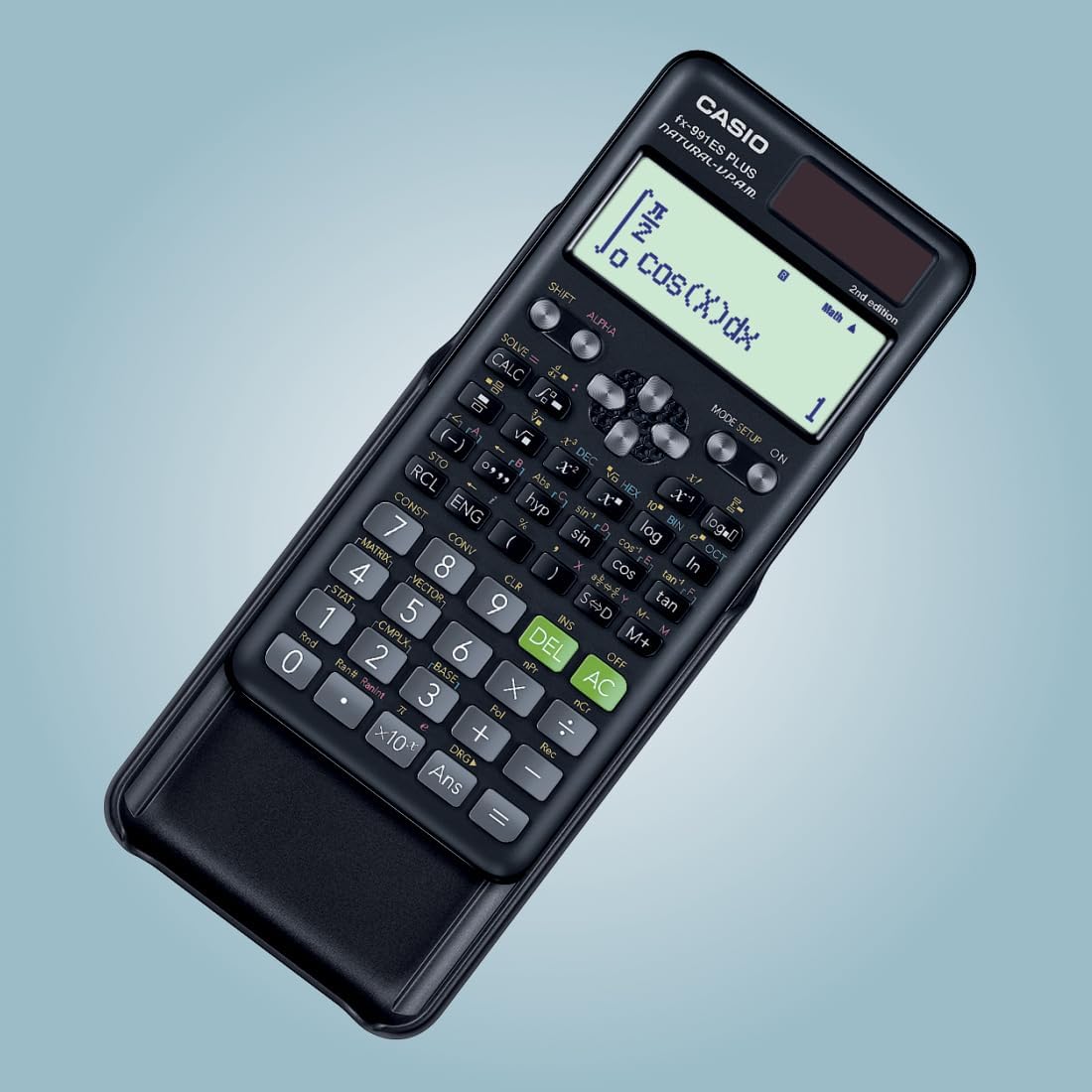Coin Rotation Paradox Calculator
Calculate the surprising number of rotations when one circle rolls around another.
How many times the moving coin goes around the fixed circle
Results
Number of Rotations
-
Distance Traveled
-
Path Circumference
-
Rotation Ratio
-
Time-Based Calculations
Angular Velocity
-
Linear Velocity
-
Time Per Rotation
-
Rotations Per Second
-
The Paradox Explained
-
Understanding the Coin Rotation Paradox
The coin rotation paradox is a surprising phenomenon in geometry. When a coin rolls around another coin of the same size, it completes TWO full rotations, not one as you might expect!
Why Does This Happen?
The moving coin experiences two types of rotation:
- Rolling Rotation: The coin rotates as it rolls along the circumference of the fixed circle
- Orbital Rotation: The coin rotates an additional time as it orbits around the center
The Formula
The number of rotations is calculated as:
Rotations = (R + r) / r × n
Where: R = fixed circle radius, r = moving coin radius, n = number of revolutions
Special Cases
- Equal sized coins (R = r): The moving coin makes exactly 2 rotations per orbit
- Larger fixed circle: More rotations (e.g., R = 2r gives 3 rotations)
- Smaller fixed circle: Fewer rotations (e.g., R = r/2 gives 1.5 rotations)
Real-World Applications
This phenomenon appears in:
- Planetary gear systems in transmissions
- Epicyclic gearing mechanisms
- Rotary engines and pumps
- Roller coaster wheel systems
Try This: Set both radii to 5 and 1 revolution. You'll see the moving coin makes 2 complete rotations - one from rolling and one from orbiting!
This calculator demonstrates the coin rotation paradox using standard geometric principles. Results are for educational and informational purposes. While we strive for accuracy, please verify important calculations independently.
Recommended Calculator

Casio FX-991ES Plus
The professional-grade scientific calculator with 417 functions, natural display, and solar power. Perfect for students and professionals.
View on Amazon